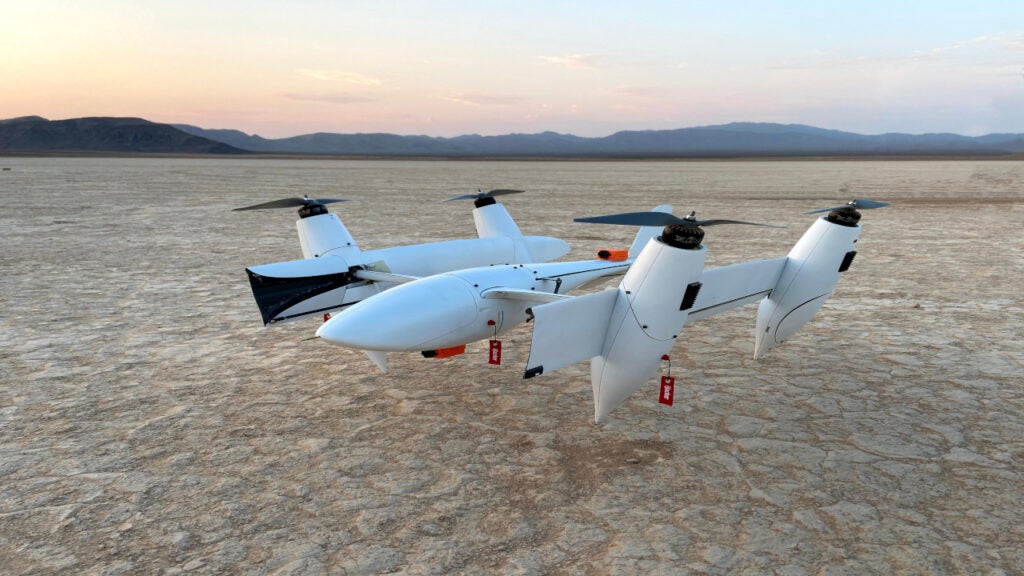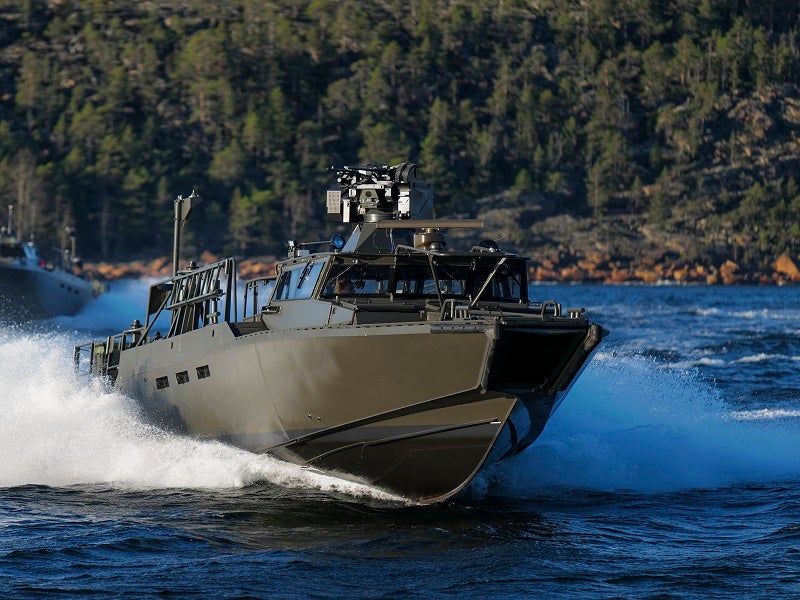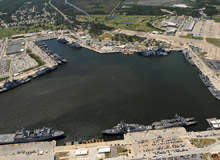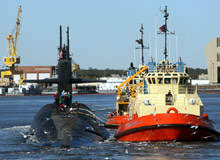Naval Station Norfolk is located in the Sewell’s Point area of the City of Norfolk. It is a major base for the US Atlantic Command, US Atlantic Fleet, and other fleet forces, operating in the Atlantic Ocean, the Mediterranean Sea, and the Indian Ocean.
The naval station is also the headquarters for the Commander Naval Surface Force Atlantic, Commander Naval Air Force Atlantic, Commander Submarine Force Atlantic and Commanding General, and Fleet Marine Force Atlantic.
The base population includes more than 82,000 active duty personnel, 112,000 family members, and 39,000 civilians.
Location and layout
Naval Station Norfolk is situated on the south-eastern side of the Commonwealth of Virginia. The area is commonly referred to as Hampton Roads by the local people. Located near the base is the largest naval complex called the Battle of Monitor and CSS Virginia.
The piers are located approximately 18nmi west of the entryway to the Chesapeake Bay from the Atlantic Ocean. Headquarters of US Atlantic Command and the Commander-in-Chief, US Atlantic Fleet are situated near the Terminal Boulevard.
Naval Station Norfolk history
The Secretary of the Navy passed a bill to purchase 474 acres of land for the naval base in April 1917. Approximately $1.6m was invested in the development of the base.
The development added piers, aviation facilities, warehouses, fuel storage facilities, a recruit training station, a submarine base, and recreation areas for marines.
An airfield at Naval Operating Base (NOB) was established in October 1917. It was apart from NOB and became Naval Air Station (NAS) Hampton Roads in August 1918.
Other major units established were the Fifth Naval Headquarters, Naval Training Station, Naval Hospital and Submarine Station. Approximately 34,000 enlisted members were stationed at what is now Norfolk by 1918. The Naval Air Station (NAS) Hampton Roads was renamed NAS Norfolk in July 1921.
The base land was dredged and new buildings, piers, runways, hangars and ramps were built for large ships and aircraft operated by the Navy in World War II. Naval Base Norfolk continued to support the Atlantic Fleet after the War.
Naval Operating Base Norfolk was renamed Naval Station Norfolk in January 1953. NAS Norfolk was divested and Chambers Field was integrated into the Naval Station Norfolk in February 1999.
Norfolk operations
Naval Station Norfolk is homeport to aircraft carriers, cruisers, destroyers, large amphibious ships, submarines, and a range of supply and logistics ships. More than 75 ships and 134 aircraft are based at the naval station.
The Port Operations Department controls 3,100 ship movements a year. More than 100,000 flight operations are conducted annually from the base.
The Material and Repair Division provides scheduled maintenance, spares, and major repairs to the vessels. The Magnetic Silencing Facility maintains and operates degaussing ranges and provides magnetic treatment and calibration services to the US Navy, US Government, and allied nation ships. The station also offers onboard technical and administrative training for US Navy ships and other navy ships of friendly nations.
Nimitz Hall is a major halting point for personnel destined for ships, as well as naval and air bases overseas. Approximately 30,000 people a year pass through the Transient Personnel Unit en route to their destinations.
Garrison facilities
Naval station port facilities occupy four miles along the waterfront area.
Approximately seven miles of pier and wharf space includes 14 piers and other installations of the US Navy. Berths are numbered from inshore to seaward with odd numbers on the north side and even numbers on the south.
Piers 2, 3, and 4 are primarily used for vessels taking on stores. Piers 5, 7, and 10 are dedicated for surface combatants. Piers 11 and 12 handle aircraft carriers and large surface combatants.
Piers 20 to 25 are used to station destroyers and submarines.
Norfolk air facilities
The airfield at Chambers Field witnesses 275 aircraft movements a day. The Class B Runway 10/28 at the airfield handles fixed-wing and rotary-wing aircraft. Pre-flight and maintenance run-up operations are carried out on E-2 and C-2 fixed-wing aircraft, as well as the MH-60, MH-53, and CH-46 helicopters.
The main air traffic control (ATC) tower is located on the south of the runway. There are 11 aircraft hangars. Air Mobility Command’s (AMC) aircraft, operating from the field, transfer more than 150,000 passengers and 264,000t of mail and cargo each year.
Other facilities
Naval Station Norfolk has officer and enlisted family units, unaccompanied officer units, and unaccompanied enlisted units for fleet forces. Temporary lodging facilities are also offered for marines.
The naval base also accommodates childcare centres, a family service centre, clinics, commissary, exchange, a mall, and a mini-mall. Recreation and sports facilities include a bowling alley, library, recreation centre, golf course, gym, tennis court, and swimming pools.










